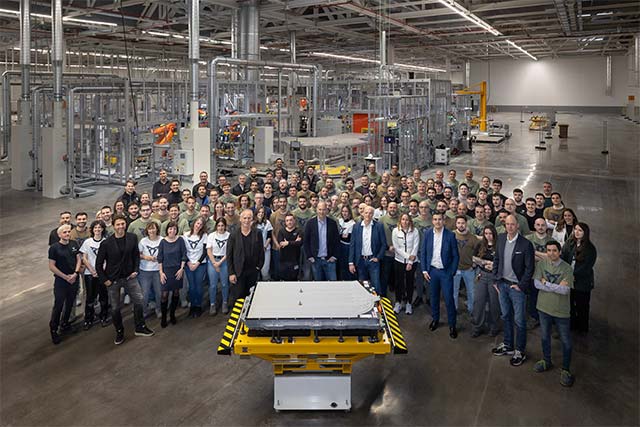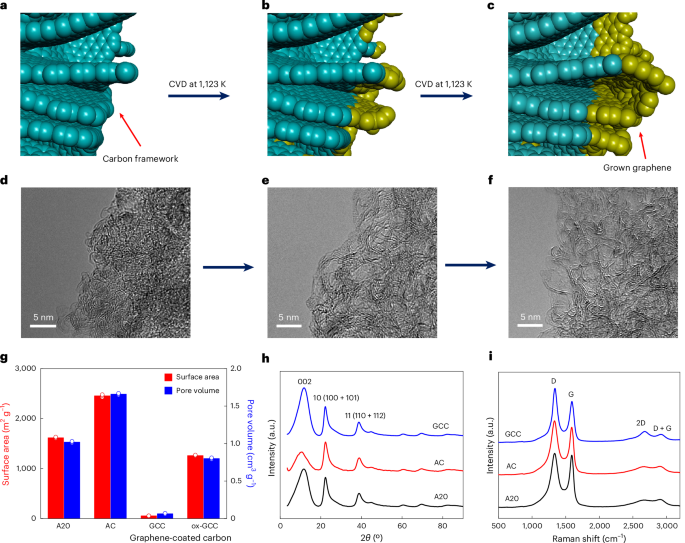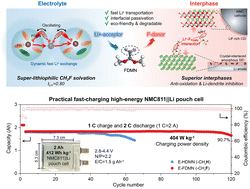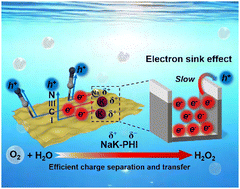Enabling Reversible O1 Phase Transition in 4.8 V‐Level LiCoO2 Through Local Oxygen Coordination Engineering
Advanced Energy Materials, EarlyView.

A local O-coordination optimization strategy is proposed by partially substituting the transition metal (TM)-O-Li configuration with a TM-O-TM configuration to stabilize the 4.8 V LiCoO2 cathode. Owing to the TM pillar effect and the partial transformation of low-spin Co3+ ions into high-spin states, irreversible slipping and O redox reactions are effectively suppressed, thereby enabling a reversible O1 phase transition at 4.8 V.
Abstract
Pushing LiCoO2 (LCO) to a higher upper cut-off voltage for charging is an effective way to achieve higher energy density. However, this high-voltage operation intensifies oxygen redox reactions and irreversible sliding of O–Co–O slabs, which result in structural collapse and chemical instability in LCO. Herein, a local oxygen coordination optimization strategy is proposed by introducing transition metal (TM)-O-TM configurations to achieve reversible O1 phase transition in 4.8 V LCO. These configurations are formed by doping Ni, Fe, and Al into the lattice, where the Ni/Fe serves as pillars within Li layers, stabilizing the deep de-intercalation structure and thus facilitating a reversible H1-3/O1 phase transition at 4.8 V. Additionally, local oxygen environment alternation leads to an increased proportion of high-spin state Co3+, diminishing the hybridization between the Co3+ 3d-t2g and O 2p orbitals, thereby mitigating anion redox reactions. Consequently, lattice oxygen loss and detrimental surface phase degradation are inhibited, thereby preventing an increase in battery polarization voltage and enhancing the reversible H1-3/O1 phase transformation. Ultimately, this significantly mitigates the accumulation of internal stress and prevents bulk failure during repeated deep (de)lithiation processes, thereby significantly enhancing the capacity retention of the optimized LCO cathode at an ultrahigh voltage of 4.8 V.






















































































































































